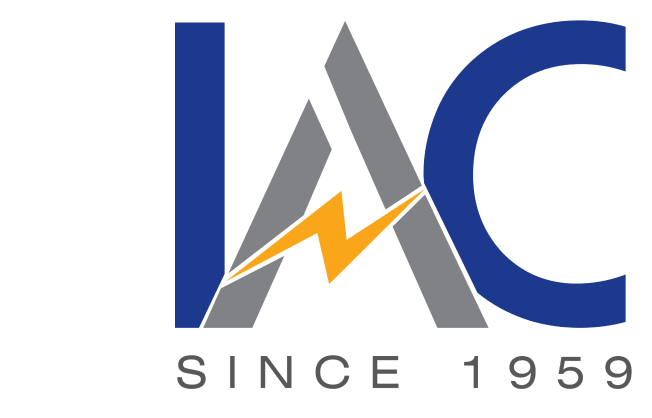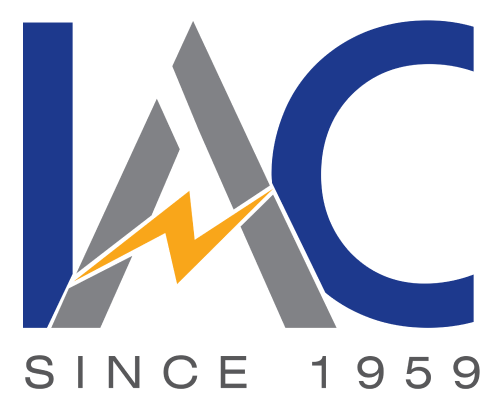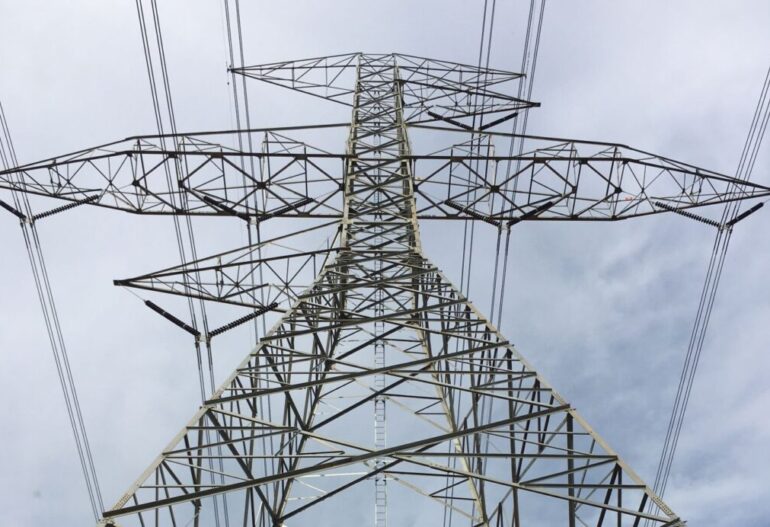What Is Transmission Line Hardware?
Transmission line hardware is a general term for all the fittings that are used to connect, support, and protect transmission lines. Transmission line hardware is generally called fitting that are used to connect transmission line.
Transmission line hardware is essential for the safe and reliable operation of transmission lines. It helps to ensure that the conductors are properly spaced and supported, and that they are protected from electrical and environmental hazards.
Components Of Transmission Line Hardware
Transmission line hardware refers to the various components and accessories used to support, protect, and ensure the efficient operation of overhead transmission lines.
Here are the wide range of transmission line hardware:
Insulators:
Insulators are typically made of porcelain or glass, and they come in a variety of shapes and sizes.
Clamps:
Clamps are used to secure the conductors to the insulators and to the supporting structure. They are typically made of steel or aluminum, and they come in a variety of designs.
Fittings:
Fittings are used to connect the different components of a transmission line, such as the insulators, clamps, and conductors. They are typically made of steel or aluminum, and they come in a variety of shapes and sizes.
Support structures:
Support structures are used to support the transmission line conductors. They are typically made of steel or concrete, and they come in a variety of shapes and sizes.
What Are The Most Common Types Of Transmission Line Hardware?
Following are the most common types of Transmission line hardware.
Tension Clamps:
Tension clamps are used to secure the conductors to the supporting structure and to maintain the correct tension on the conductors.
Suspension Clamps:
Suspension clamps are used to support the conductors and to prevent them from swinging in the wind.
Anchor Shackles:
Anchor shackles are used to anchor the transmission line to the ground.
U-bolts:
U-bolts are used to secure the conductors to the supporting structure.
Bird Guards:
Placed on the conductors to prevent birds from perching or building nests on the wires.
Marker Balls:
Brightly colored balls attached to the conductors to make the transmission lines more visible to low-flying aircraft.
Ball Eyes:
Ball eyes are used to connect the conductors to the insulators.
Socket Eyes:
Socket eyes are used to connect the insulators to the supporting structure.
Arcing Horns:
Arcing horns are used to protect the conductors from electrical arcing.
Sag Adjustable Plates:
Sag adjustable plates are used to adjust the sag of the conductors.
Splices and Connectors:
Hardware fittings used to connect and secure the conductors and other components of the transmission line.
Grounding Equipment:
Used to protect the transmission line and surrounding areas from electrical surges caused by lightning strikes or other events.
Final Words
Transmission line hardware is a critical component of the electric power grid. It helps to ensure the safe and reliable operation of transmission lines, which in turn helps to ensure the reliable delivery of electricity to homes and businesses.
To get more information, contact IAC Electricals, electrical components manufacturer and installer in India.






